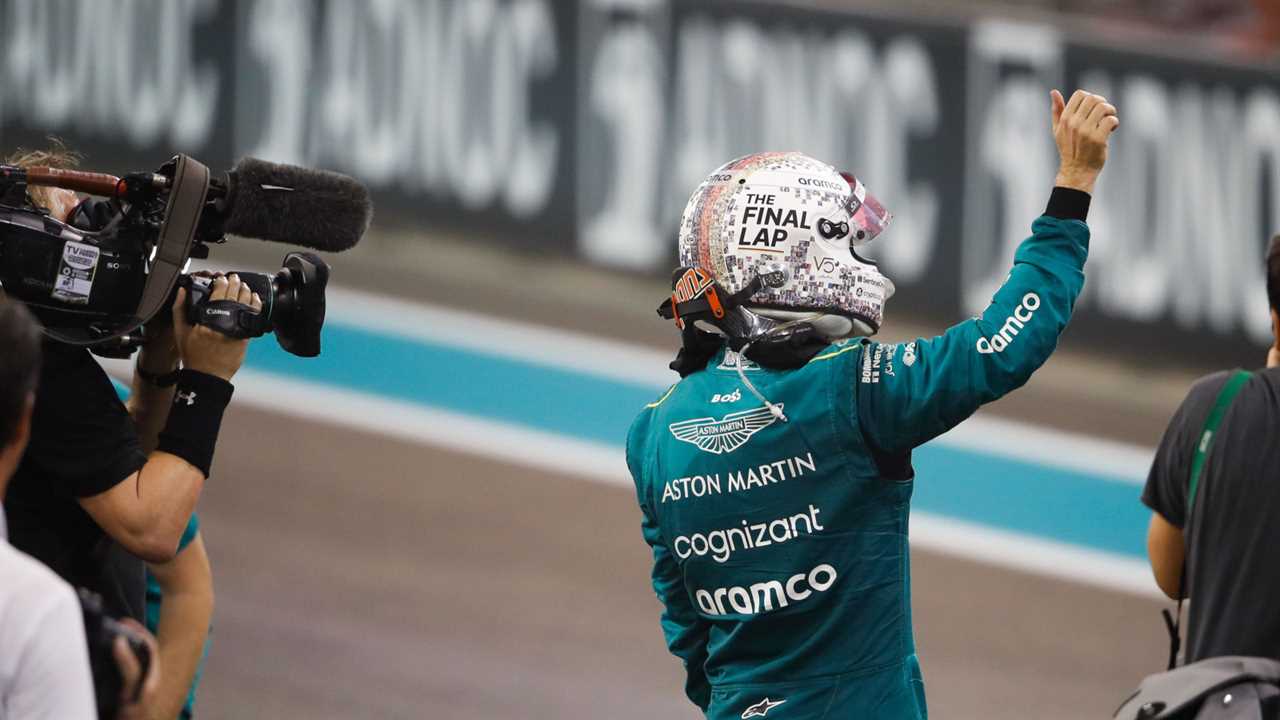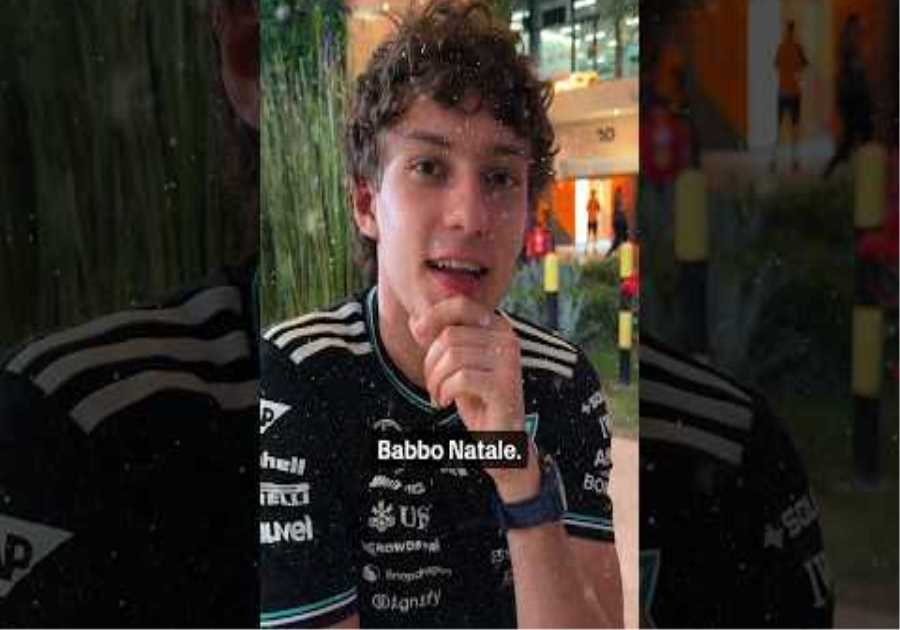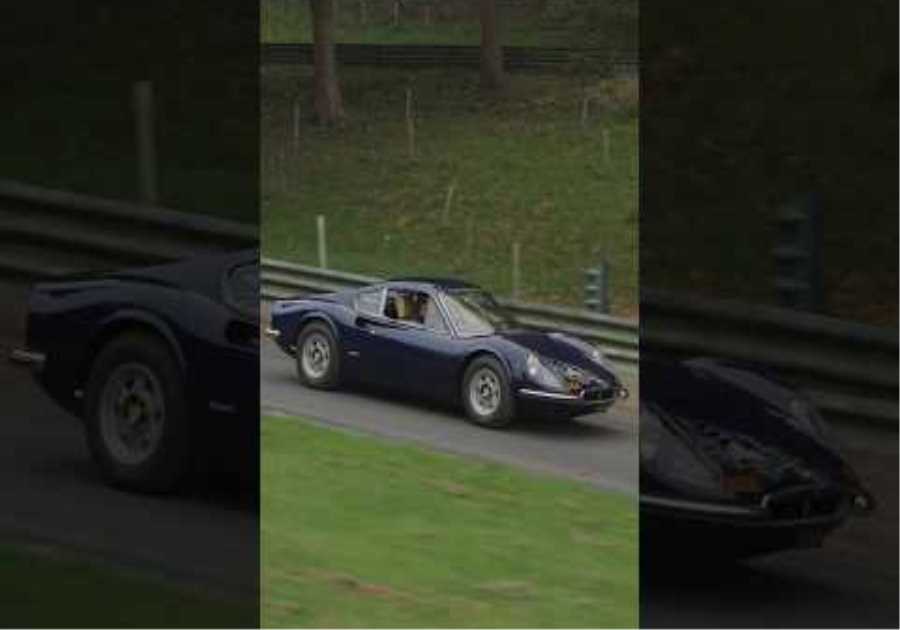
At some point soon, you suspect, the Aston Martin Formula 1 project is going to take off and start to realize its enormous potential.
But after two full seasons of the green machine on the grid, is it unreasonable to have expected a little more by now?
On reflection, the 2022 regulation changes came too early in the team’s evolution – following the Lawrence Stroll-led rebrand and the influx of talent from their competitors – for Aston Martin to use them as a springboard to the front of the grid.
New rules always represent a major opportunity for teams on the rise, but with Aston’s new recruits still at the stage of trying to remember each other’s names – and their new state-of-the-art factory still under construction – they weren’t in a position to fully capitalize on them.
What we saw this season, then what an on-track manifestation of where Aston currently stood – a team with immense resources and promise but one still negotiating teething troubles and growing pains.
That resource, it emerged, allowed the team to develop two different car concepts with which to attack the 2022 regulations.
The first generated a huge amount of downforce but had quite difficult characteristics; the second was more benign but generated comparatively little downforce.
Aston started the season with Concept A but found they were among the teams hardest hit by the porpoising phenomenon and, with Sebastian Vettel missing the start of the campaign through illness, had to wait until round four to score their first points of 2022 at a damp Imola.
At that stage, surely, the decision had already been made to bail out on the ambitious but troublesome car for the safer and more malleable option.
The arrival of a B-spec design two races later at Barcelona revealed the pirouetting power Stroll’s injection of wealth had given the team but, with a remarkable likeness to Max Verstappen’s RB18, attracted the attention of Red Bull.
Having copied Mercedes’ title-winning car in 2020 when competing under the banner of Racing Point, were Stroll’s team up to their old tricks again? Not so, insisted technical director Andrew Green, who argued the so-called ‘green Red Bull’ was part of the plan all along.
Despite its physical similarities to the RB18, Aston Martin struggled to access a similar level of performance as Vettel – notwithstanding his traditional Monaco/Baku revival – and Stroll’s son Lance suffered a series of frustrating mid-season Q1 eliminations.
So when F1 reached Hungary at the end of July Vettel chose that as the moment to announce his retirement from the sport at the end of the season.
He would later indicate that the lack of a competitive car had partly influenced his decision to walk away, though such elementary mistakes as his crash in the closing minutes of a wet FP3 in Budapest did not help his cause either.
Within four days Fernando Alonso was announced as his replacement – the King is dead, long live the King – in what was a huge vote of confidence in the Aston Martin enterprise at a time they most needed it.
They were not yet in a position to compete at the front, yet the fact they could entice a driver of Alonso’s stature in the midst of such a disappointing season reinforced the suspicion that they are better placed to get there before the likes of Alpine and McLaren .
With his future decided came a glimpse of the Vettel of old as the four-time World Champion scored points in five of the seven races after his announcement – including a fine recovery from a first-lap spin to sixth at Suzuka – with Stroll also picking up points at Zandvoort and Singapore.
Rooted to ninth place in the Constructors’ Championship with just 20 points at the time of the summer break, Aston’s strong form in the second half of the season put them in contention for sixth in the closing weeks of the campaign.
Vettel’s strong first stint during his final appearance in Abu Dhabi gave the team the best possible chance to take the position, yet he was limited to just one point after a questionable strategy call, meaning Aston finished behind Alfa Romeo on countback.
Seb was not impressed, though a cynic might have suggested Aston – already with more money than God and with bigger fish to fry – were happy to let Alfa have P6 in exchange for the extra wind tunnel time for finishing a position lower.
And so as Vettel said his last goodbyes, F1’s big bad wolf was seen stalking into Aston Martin’s hospitality unit within hours of the checked flag at Yas Marina, getting down to business ahead of his first test in the green car the following week.
Will a possible clash of personalities between Alonso and the Strolls in 2023 result in plenty of huffing and puffing until the house blows down?
Or might the arrival of a competitor like Fernando trigger the chemical reaction for lift off at last?
Read more: How Sebastian Vettel unwittingly sparked F1’s craziest silly season yet






